The following are selected important Daoist Chinese characters and their definitions.
In Chinese, there are different styles to write a character. This is because the characters developed from Pre-Qin dynasty to today, went though many stages of development.
- Zhuan Shu (Seal Style)
- Jia Gu Wen - written on animal bones and tortoise shells
- Jin Wen - written on bronze wares
- Zhou Wen
- Da Zhuan (Big Seal)
- Xiao Zhuan (Small Seal)
- Li Shu (Official Style)
- Kai Shu (Standard Style)
- Simplified Chinese (China)
- Traditional Chinese (Hong Kong, Taiwan, Singapore, and other countries)
- Cao Shu (Cursive Style)
- Xing Shu
The China government in the 1950's simplified the Chinese characters into a version called Simplified Chinese, and the original one then became know as Traditional Chinese (used in Taiwan, Hong Kong, and elsewhere). Note that the Chinese characters in brackets used on this site are the Simplified Chinese Kai Shu version.
Since Lao Zi was in the Zhou dynasty (which is pre-Qin dynasty: See Chinese History), the Chinese style that the Dao De Jing was written in was a variant of the Zhuan Shu.
Kai Shu
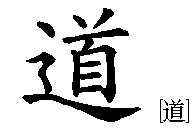
"Dao" - Way
Description
"Dao" (way or path) is the main concept from Daoism. Below is the Kai Shu calligraphy style of the character Tao.
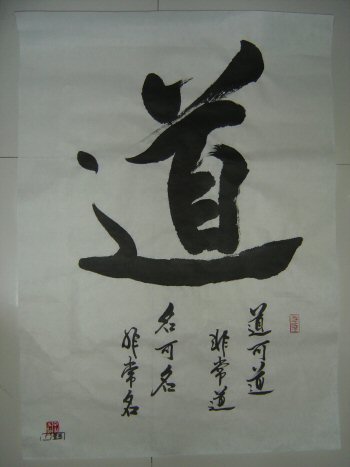
Tao and First Line of Tao Te Ching
Zhuan Shu
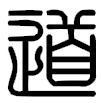
"Dao" - Way
Description
The same "Dao" written in Zhuan Shu calligraphy style (note the variation of Zhuan Shu writing style for character Tao).
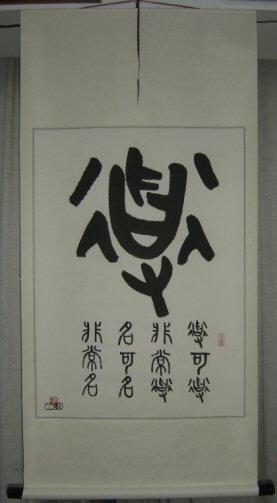
Kai Shu

"Dao" - Way
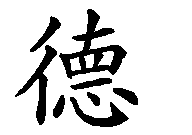
"De" - Virtue
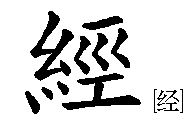
"Jing" - Scripture
Description
The Dao De Jing [Tao Te Ching] is broken up into two books, Tao (Way: Ch 1-37) and Te (Virtue: Ch 38-81). Below is Chapter 38 (first chapter of "Te") in Kai Shu (Regular Script) style.
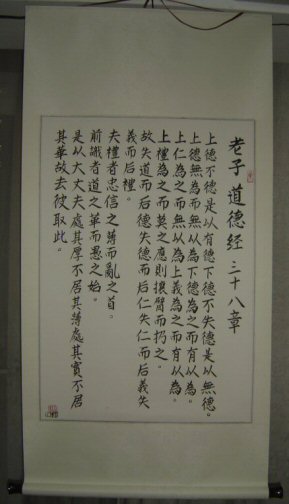
Chapter 38 of Tao Te Ching in Kai Shu style
Zhuan Shu

"Dao" - Way

"De" - Virtue

"Jing" - Scripture
Description
The Dao De Jing [Tao Te Ching] is the primary scripture of Daoism. Below is Chapter 1 as it was originally written in Zhuan Shu (Seal Script) style.
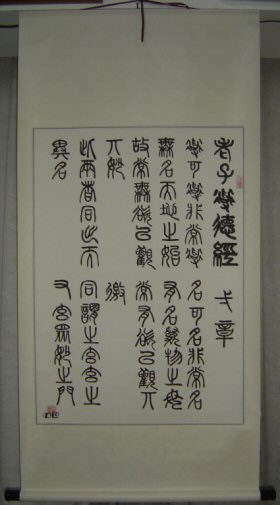
Chapter 1 of Tao Te Ching in Zhuan Shu style
Kai Shu
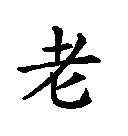
"Lao" - Old
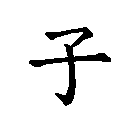
"Zi" - Child
Zhuan Shu
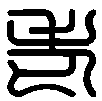
"Lao" - Old

"Zi" - Child
Description
Lao Zi [Lao Tzu] (sometimes translated as "honorable elder", from "Zi Lao") is the author of the Dao De Jing [Tao Te Ching]. He is also known as Li Er [Li Erh]. He is on the right in the painting below (along with Buddha and Confucius.)
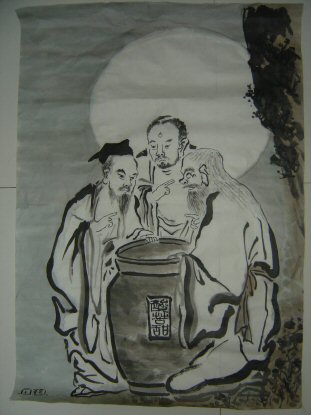
Three Vinegar Tasters Painting
Kai Shu
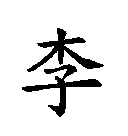
"Li" - Plum tree
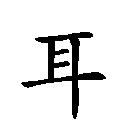
"Er" - Ear
Zhuan Shu
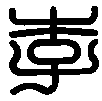
"Li" - Plum tree

"Er" - Ear
Description
Li Er is the birth name of Lao Zi.
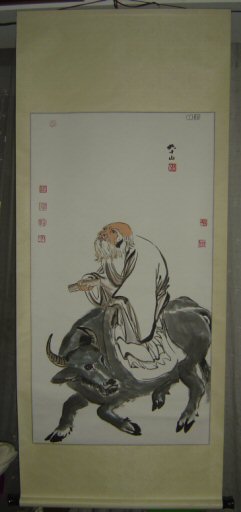
Lao Zi Riding Ox
Description
Li Er is the birth name of Lao Zi.
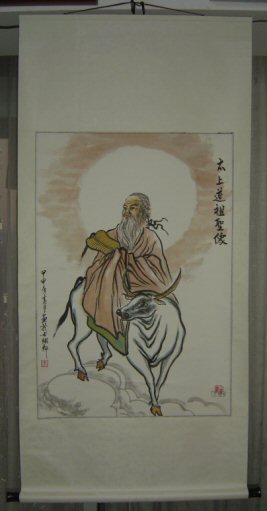
Lao Zi Riding Yak
Kai Shu
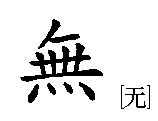
"Wu" - Without (Effortless)
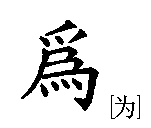
"Wei" - Action
Zhuan Shu

"Wu" - Without (Effortless)
Kai Shu
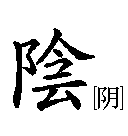
"Yin" - Feminine or negative principle
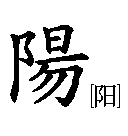
"Yang" - Masculine or positive principle
Zhuan Shu

"Yin" - Feminine

"Yang" - Masculine
Description
Yin and Yang are the negative and positive principles of the universe.
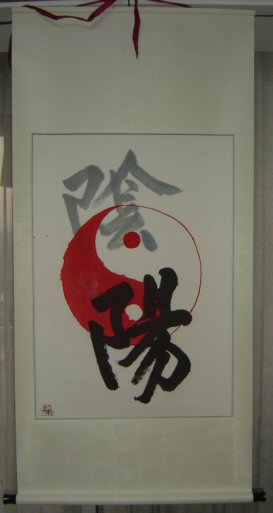
Yin Yang Calligraphy
Thank you http://www.edepot.com/taocalig.html
Daoist Cosmology
All cause and effect is due to the Dao, the Way. The Way can be explained as the reason or cause of everything which followed.
Before Dao there was: Wu-wu (Not Nothing).
With Dao there was: Wu Ji (No Limit).
From Wu Ji, evolved Hun Tun (Chaos).
In Hun Tun, Tai Ji (Great Pole) became the first fixed point in space and time.
From Tai Ji came the Tai Yi (Great Change)
Tai Yi went through two stages...
- Tai Chu (Great First)
- has Xing (Form)
- Tai Shi (Great Beginning)
- has Qi (Breath)
Xing and Qi combined to create...
- Tai Su (Great Primordial)
- has Zhi (Substance)
The first substances has Yin and Yang. All things terrestrial and celestial fall into one of five groups, the Wu Xing (Five Elements). The five elements are...
- Wood
- Fire
- Earth
- Metal
- Water
- Productive sequence
- Wood burns, creating...
- Fire leaves ashes, creating...
- Earth contains ore, creating...
- Metal melts, creating...
- Water nourishes plant life, creating (back to Wood)...
- Destructive sequence
- Wood draws strength from, destroying...
- Earth pollutes, destroying...
- Water puts out, destroying...
- Fire melts, destroying...
- Metal chops down, destroying (back to Wood)...
- Wood
- Direction: East
- Season: Spring
- Color: Green
- Fire
- Direction: South
- Season: Summer
- Color: Red
- Earth
- Direction: Center
- Season: None
- Color: Yellow
- Metal
- Direction: West
- Season: Autumn
- Color: White
- Water
- Direction: North
- Season: Winter
- Color: Black
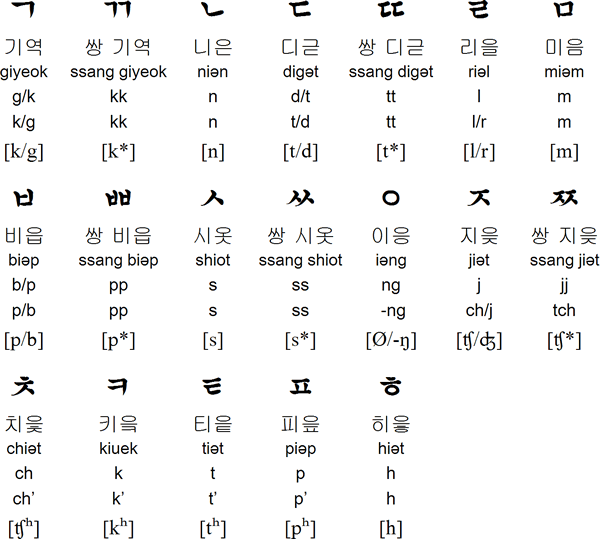
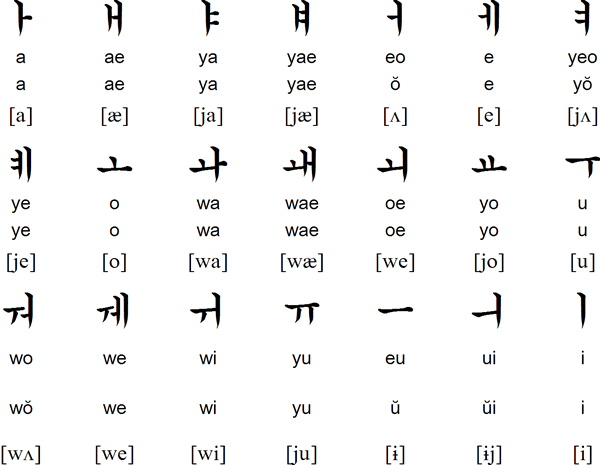
 Please take care of yourself = 잘 지내세요.
Please take care of yourself = 잘 지내세요.
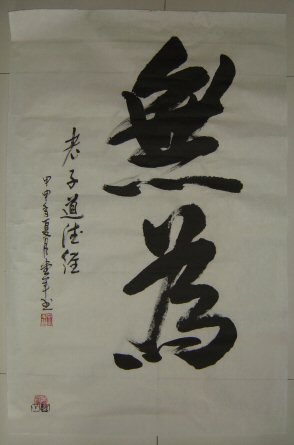

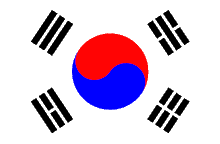



No comments:
Post a Comment
Thank you for your comments!